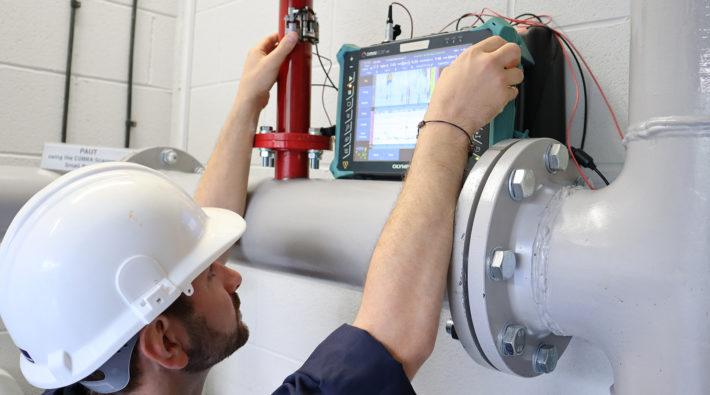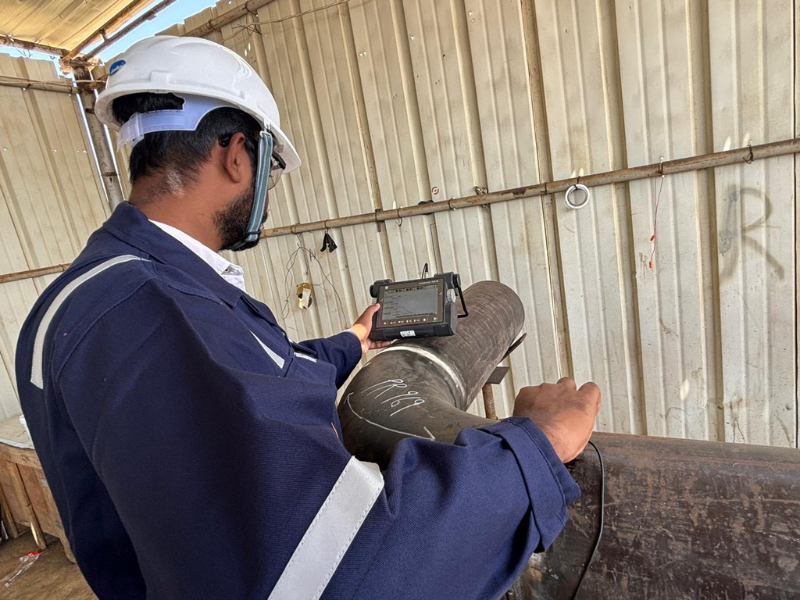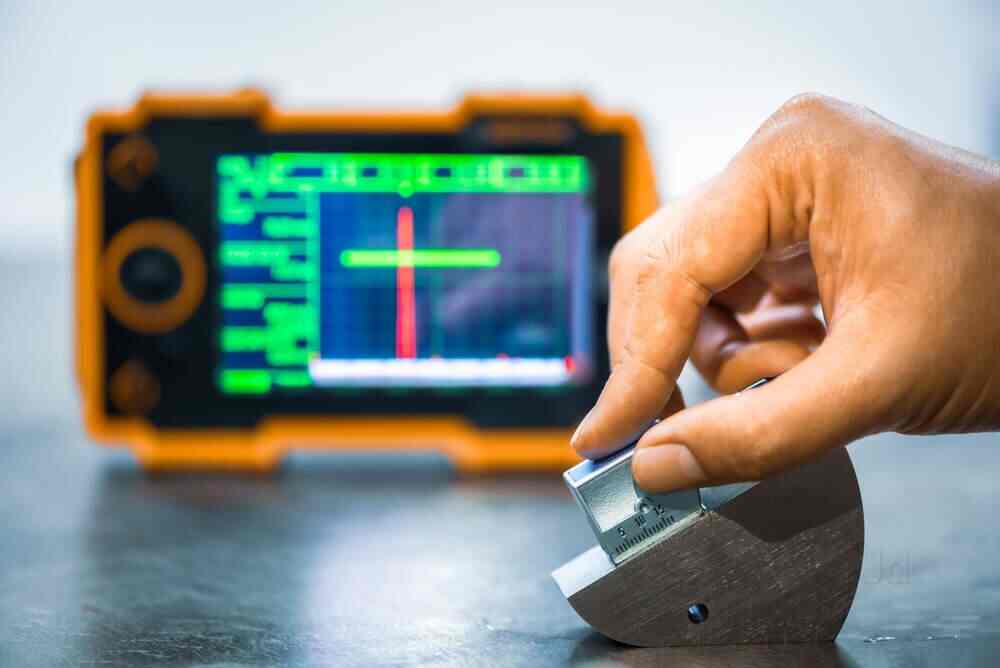The synchronization impact on inspection reports is a crucial aspect that influences the accuracy and reliability of data within various industries. In the world of quality assurance, the synchronization of data plays a vital role in ensuring that inspection reports are consistent, timely, and precise. This article delves into the significant effects of synchronization on inspection reports, examining various facets such as data accuracy, efficiency, and technological advancements in synchronization.
The advent of advanced synchronization technologies has brought about substantial improvements in how inspection reports are generated and managed. These technologies ensure that data collected during inspections is up-to-date and accurately reflects the current state of the equipment or processes being assessed.

Understanding the Role of Synchronization
Synchronization involves aligning data from multiple sources to ensure consistency. In the context of inspection reports, synchronization ensures that all collected data points are harmonized, leading to a unified and coherent report. This is especially important in industries where inspections are frequent and data is collected from various tools and sensors.
Data Accuracy and Consistency
One of the primary impacts of synchronization on inspection reports is the improvement in data accuracy and consistency. When data is synchronized effectively, discrepancies are minimized, errors are reduced, and the integrity of the report is maintained. This is vital for industries where even the smallest error can lead to significant consequences.
Efficiency in Reporting
Effective synchronization also enhances the efficiency of generating inspection reports. By ensuring that data is collected and integrated seamlessly, synchronization reduces the time required to compile reports, enabling quicker decision-making processes. This efficiency is critical in industries such as manufacturing, where timely interventions can prevent costly downtimes.
Technological Advancements in Synchronization
Recent advancements in technology have revolutionized the way synchronization is implemented in inspection processes. Innovations such as cloud computing, IoT, and AI have enabled real-time data synchronization, further enhancing the accuracy and reliability of inspection reports.
Cloud-Based Synchronization
Cloud-based solutions allow for the storage and access of synchronized data from anywhere at any time. This ensures that all stakeholders have access to the latest data, facilitating better collaboration and informed decision-making. For more insights, visit this resource.
Internet of Things (IoT)
IoT devices play a significant role in synchronization by providing real-time data collection and transmission. This real-time capability ensures that inspection reports are always based on the most current data, improving their relevance and reliability.
Challenges in Synchronization
Despite the benefits, synchronization is not without its challenges. Issues such as data compatibility, latency, and security concerns can impact the effectiveness of data synchronization in inspection processes.
Data Compatibility
Ensuring data compatibility across different systems and tools is a significant challenge. It requires careful planning and implementation to ensure that all data sources can be synchronized seamlessly.
Latency Issues
Latency in data transmission can lead to delays in synchronization, affecting the timeliness of inspection reports. Overcoming these latency issues is critical for maintaining the efficiency of inspection processes.
Conclusion
In conclusion, the synchronization impact on inspection reports is profound, offering improvements in data accuracy, consistency, and efficiency. However, to fully reap the benefits of synchronization, it is essential to address the challenges associated with implementation. By leveraging advanced technologies and innovative solutions, industries can enhance their inspection processes, ensuring that they remain competitive and compliant with industry standards.

FAQs
What is synchronization in inspection reports?
Synchronization in inspection reports involves aligning data from various sources to ensure consistency and accuracy in the reports.
How does synchronization enhance data accuracy?
Synchronization minimizes discrepancies and errors by ensuring that all data points are harmonized, leading to more accurate and reliable reports.
What are the challenges of synchronization?
Challenges include data compatibility, latency issues, and security concerns, which can impact the effectiveness of synchronization in inspection processes.
This article contains affiliate links. We may earn a commission at no extra cost to you.
